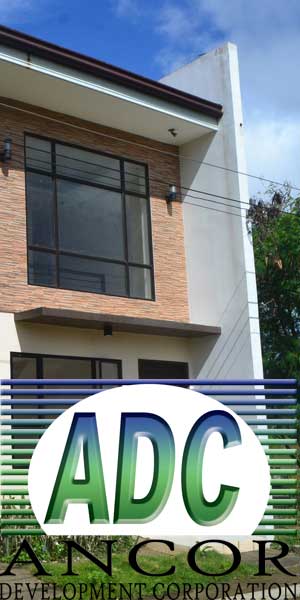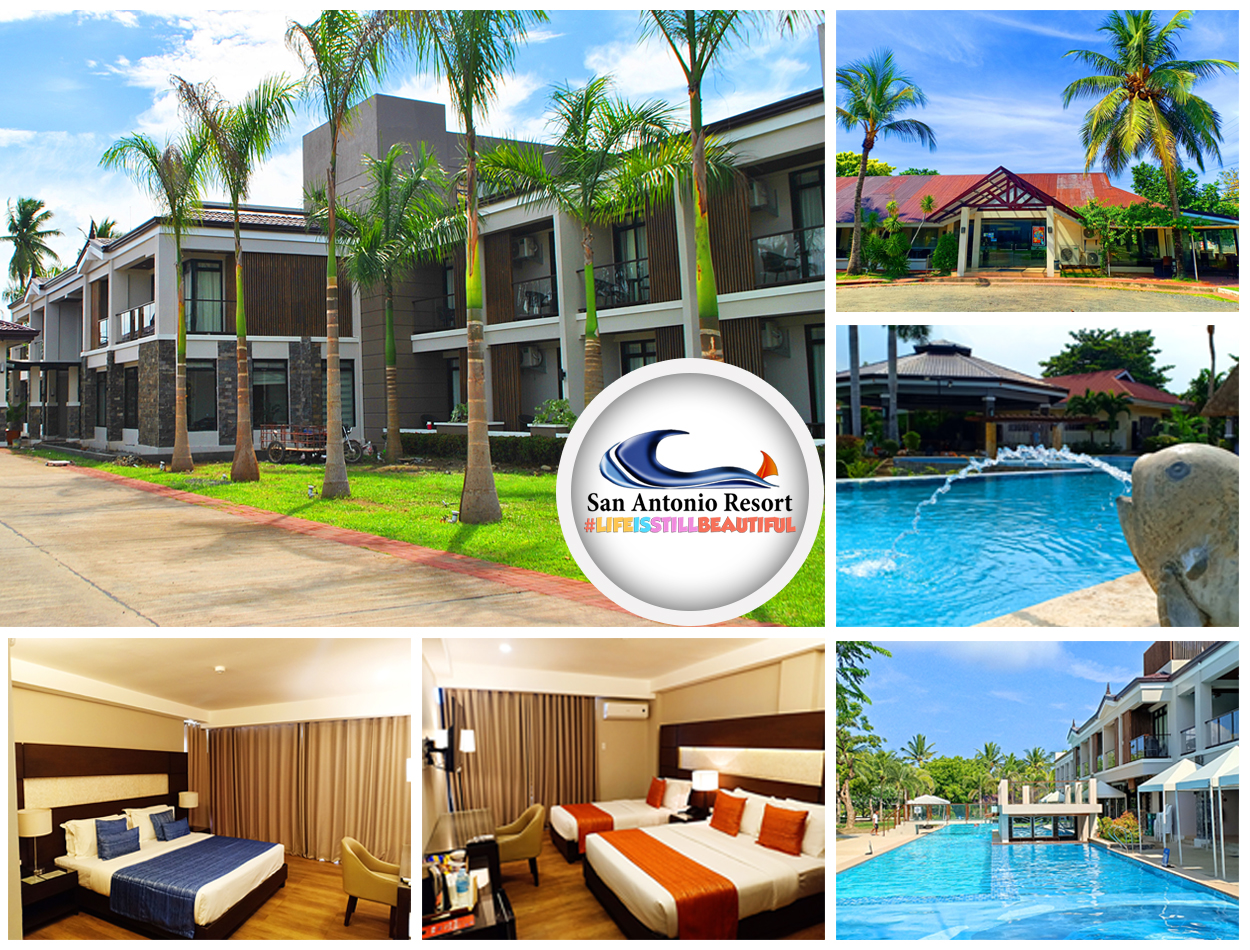
(This is a series of biographies of the Governors of Capiz from 1898 to 1988, some of whom were unrecorded, unrecognized, and unknown.)
Governor Antonio Villagracia Habana was the second son of Don Anacleto Habana and Doña Ramona Villagracia, born on March 7, 1864, in the pueblo of Mapanag, now Cuartero, Capiz. His father, Don Anacleto, was said to have founded the town of Cuartero and owned vast tracts of land in Cuartero and Dao.
Habana was married to Dona Crisanta Laserna from the wealthy Laserna clan of Capiz. They were blessed with three children: Atty. Antonio L. Habana Jr., Rosario Habana Tirol, and Salud H. Aldea.
Following in the footsteps of his brother Federico, Antonio went to Manila, where he completed his primera enseñanza (primary education) at Ateneo de Manila in 1876. At an early age, he demonstrated his brilliance, even surpassing many Manila-based students. When he enrolled at Ateneo for his segunda enseñanza in June 1876, Jose Rizal was in his fifth year of his Bachiller en Artes. At the end of the school year in 1877, Antonio was recognized for his academic performance. In his second year, he obtained an academic award in 1878. Among his classmates were Manila City Mayor Felix Roxas and Cebu Governor Julio Llorente. During his third year, Antonio transferred to a private school run by Don Vicente Laureola Roque.
His ambition to complete his studies was cut short when both of his parents succumbed to illness, one after the other. After returning home, he dedicated himself to managing their haciendas. However, his love for his people and interest in public affairs earned him the admiration and support of the Capisnons, who elected him Municipal President of Capiz (now Roxas City) on April 6, 1901, making him the first to hold this position following the establishment of the civil government.
When the Philippine Commission, led by William H. Taft, visited the province on April 14–15, 1901, Habana voiced concerns about the local police’s ability to maintain peace and order. He urged the commission to allow the local treasury to augment funds for the police in the municipalities.
As Municipal President of the provincial capital, Habana demonstrated tenacity and integrity, fighting against the oppressive personal tax and opposing the merger of municipalities. In 1902, he ran in the first gubernatorial election but was defeated by Governor Simplicio Jugo Vidal.
After his term as Municipal President, Habana was twice elected as a municipal councilor of Capiz in 1903 and 1905. His political and administrative experience later helped him fulfill his duties as the chief executive of a province recovering from the ravages of war, famine, banditry, and pestilence.
In February 1904, he ran for governor under the banner of the Partido Modernista, a local party founded by his brother-in-law Jose Cortes Altavas, but he lost again to Governor Simplicio Jugo Vidal by a narrow margin.
On February 5, 1906, Habana ran as the gubernatorial candidate of Partido Modernista and emerged victorious against the reelectionist Governor Vidal and Mambusao Municipal President Ramon S. Hontiveros of the Partido Federal. He assumed office as Provincial Governor on March 5, 1906.
During his administration, Habana focused on improving public infrastructure. In 1907, he allocated 45,000 pesos for Capiz High School, converting the Spanish-era provincial jail into a school building. The Capiz Provincial School (now Capiz National High School) was inaugurated in 1908. He also allocated funds for the construction of a new provincial jail. The historic Capiz Bridge (now Roxas City Bridge) was begun during his term in 1909 and completed under the administration of his successor, Governor Altavas.
Concerned about peace and order, Habana advocated for constabulary detachments in mountain areas to prevent cattle rustling. Under his leadership, the provincial government posted a surplus balance of 8,661.40 pesos in 1907 and 38,815.51 pesos in 1908. The province of Romblon was annexed to Capiz in 1909, and several new highways and cement bridges were constructed.
In July 1907, a smallpox outbreak began in Pilar, Capiz, and spread to other towns. Habana responded by ordering widespread vaccinations, with around 166,000 people vaccinated.
On November 5, 1907, Habana sought reelection under Partido Modernista with Rafael V. Acuña as his running mate for Third Member of the Provincial Board. He faced opposition from Colonel Ramon S. Hontiveros of the Partido Nacional Progresista. Although Habana won the election, Hontiveros filed an election protest, but on February 25, 1908, the Supreme Court upheld Habana’s victory by 250 votes.
In 1907, Governor Habana and the Provincial Board cracked down on illegal gambling, suspending the Municipal President of Ivisan for involvement in gambling activities.
On August 16, 1913, Habana became the first provincial assessor, serving until September 30, 1918, when he resigned to run for Congress. In the first general elections under the Jones Law on June 3, 1919, he was elected to represent the first district of Capiz, defeating Governor José M. Hontiveros of the Partido Democrata. He represented Capiz, Dao, Dumarao, Ivisan, Panay, Panitan, Pilar, and Pontevedra. During the fifth legislature, Habana chaired the Committee on Police and served as member of the Committees on Agriculture and Local Governments.
After his term ended in 1922, Habana did not seek reelection, paving the way for the political rise of Manuel A. Roxas. Habana spent his remaining days working with farmers’ associations.
On March 9, 1929, two days after his sixty-fifth birthday, Habana passed away from cancer in Capiz (now Roxas City).






